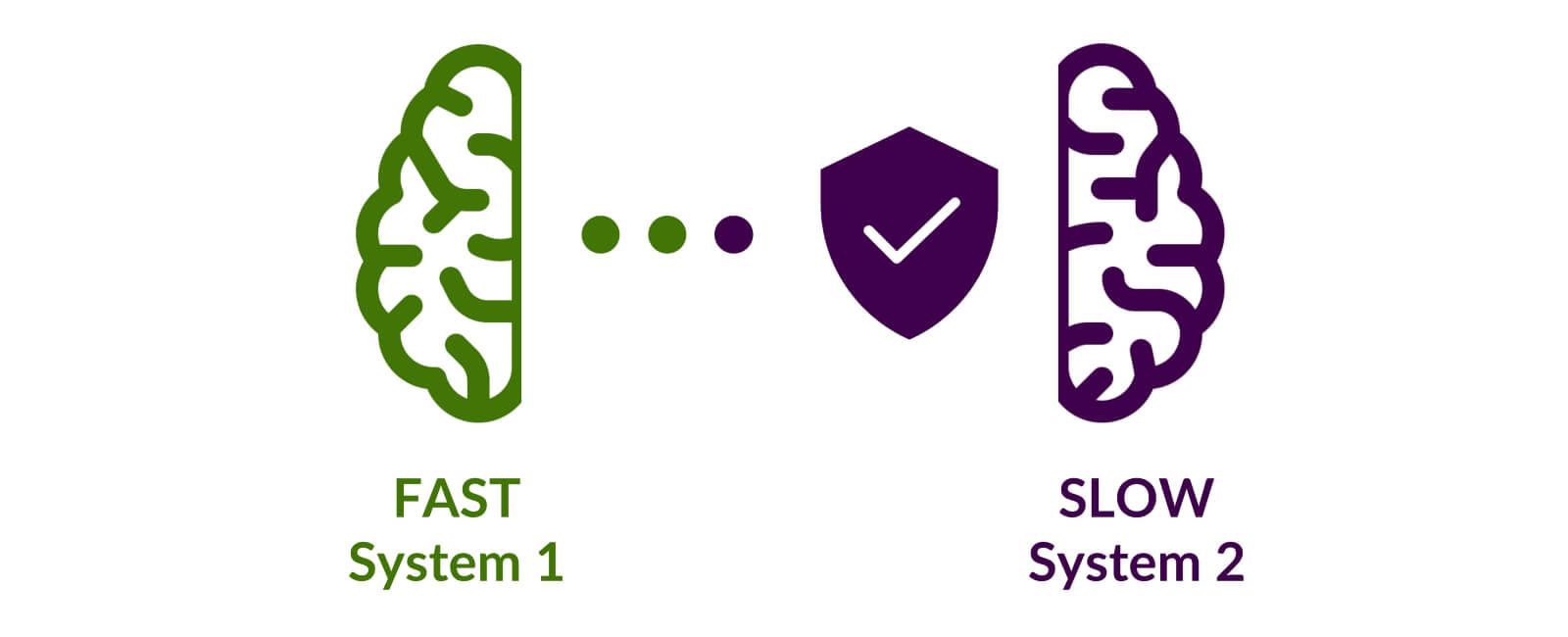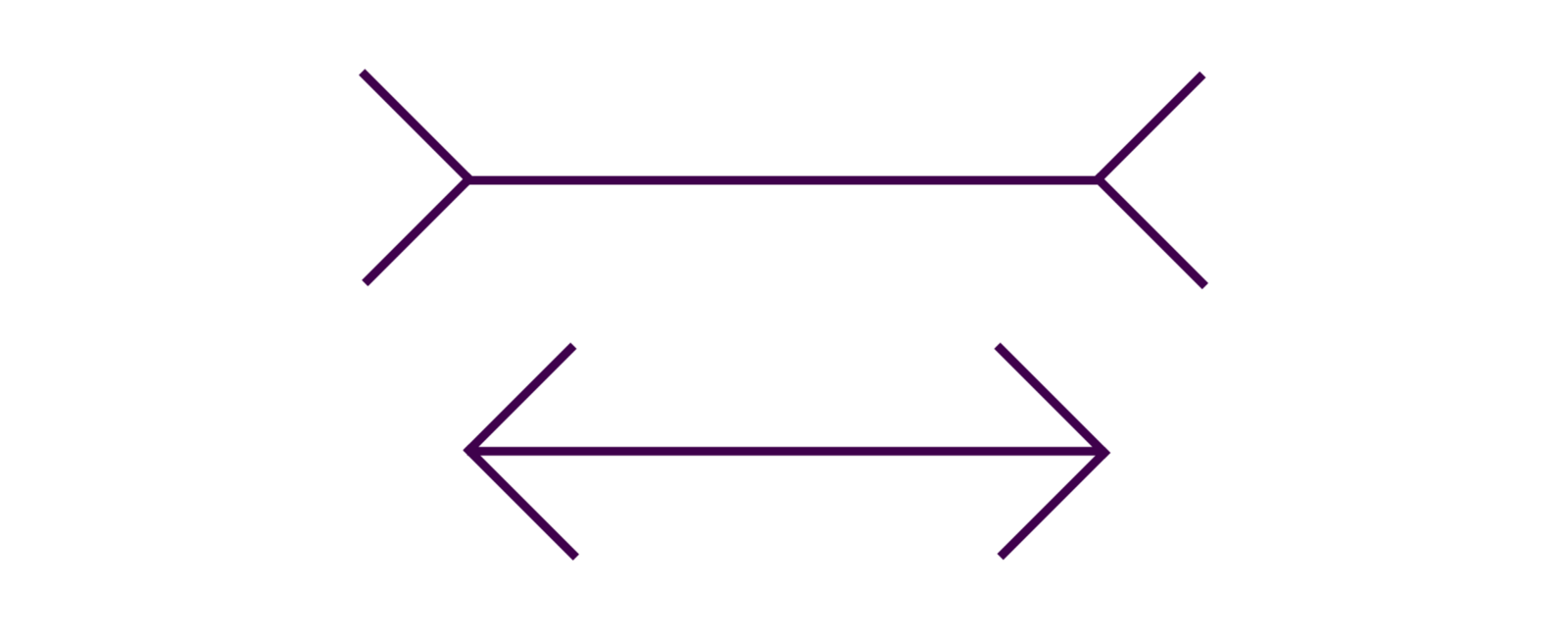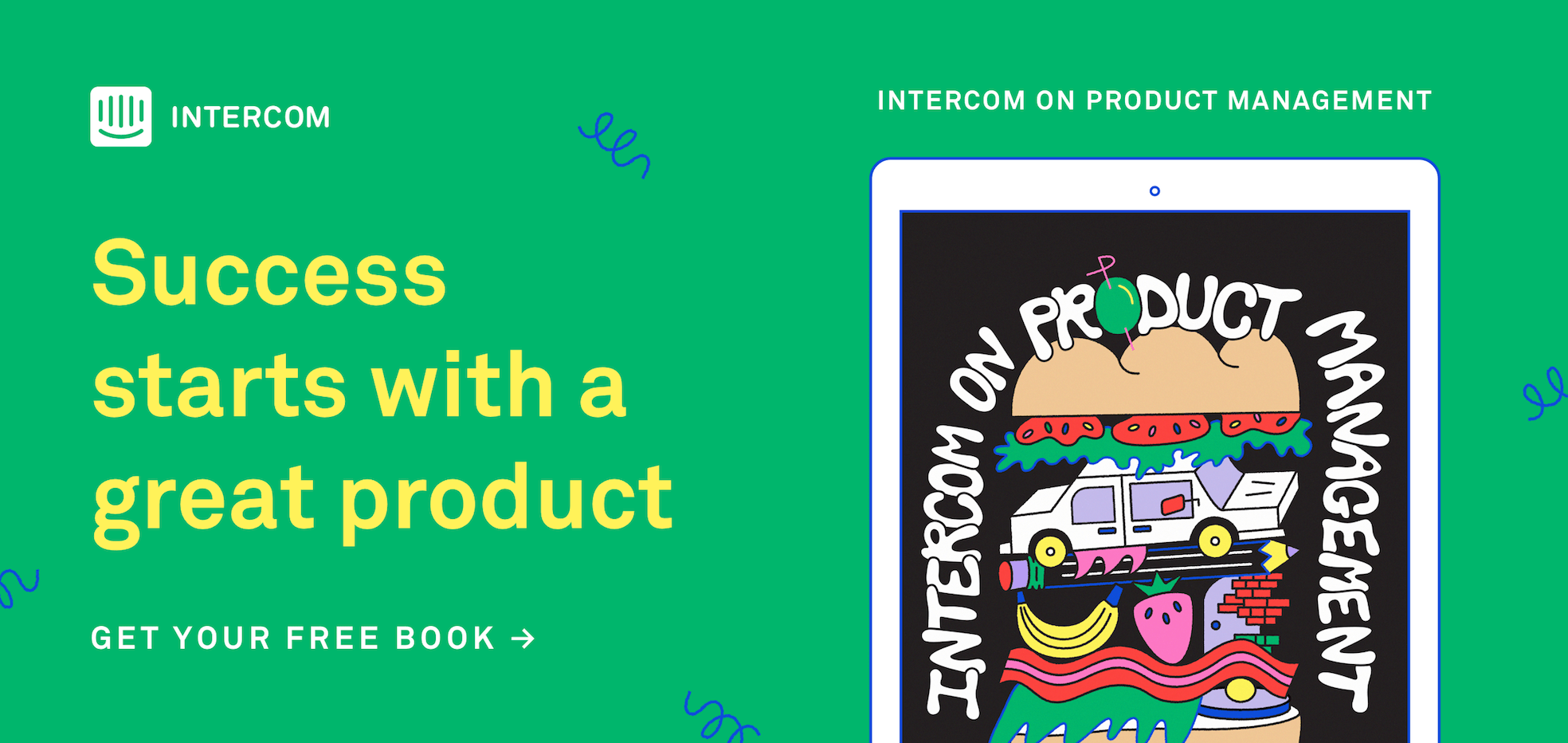
Product management, fast and slow
Main illustration: Karen Hong
The range of work we do as product managers is so broad that we inevitably end up finding inspiration from all sorts of sources, whether it’s books on business strategy or essays on design.
However, the book that has given me the most insight into the nature of my work is somewhat unlikely – psychologist Daniel Kahneman’s non-fiction bestseller Thinking, Fast and Slow.
“Our brain has two very distinct modes of thought: System 1 (fast, automatic, and impulsive) and System 2 (slow, conscious, and deliberative)”
The Nobel Prize winner’s study of how the brain operates was a hit when it was published in 2011, somewhat surprisingly given its dense descriptions of Kahneman and his colleague Amos Tversky’s psychological experiments on cognitive biases.
But the reason it resonated so much with readers was its powerful core finding – our brain has two very distinct modes, or systems, of thought: System 1 (fast, automatic, and impulsive) and System 2 (slow, conscious, and deliberative).
In detailing his voluminous research, Kahneman reveals the constant tension between those two modes, competing and complementing one another depending on the circumstances.
Thinking, fast and slow, in product management

What, you might wonder, does this have to do with product management?
Well, I couldn’t help but see in Kahneman’s insight a metaphor for the different, competing tasks faced by product managers and how we handle the tension between those tasks.
We have a number of repetitive System 1 tasks that we need to do every week, such as triaging email, updating reports, and facilitating team meetings. But we are also expected to perform a series of System 2 tasks, such as carefully considering a product roadmap, framing user problems, undertaking strategic analysis, and evaluating different possible features.
“Being aware of the two modes of thought helps you identify the risk of fast System 1 reactions that can lead you astray with faulty assumptions”
Crucially, being aware of the two distinct modes of thought helps you identify the risk of fast System 1 reactions that can lead you astray due to faulty assumptions, while also giving you more confidence around when it’s okay to rely on those System 1 instincts.
Bearing the two systems in mind allows you to distinguish between product management tasks:
- The ones your brain is able to take actions quickly on (fast).
- The ones where you need to sit down, take a breath, and ‘think’ deeply (slow).
Why does it matter?
Having a good sense of how and when you rely on your different systems helps you make the right decisions, boost your productivity, and ultimately save energy. Here are two guidelines to get there.
Rule 1: Know when to lean on your fast System 1 reactions
If you encounter repetitive tasks, be confident in your fast System 1 responses to tackle them. Learn to trust your instincts when it comes to certain tasks.
In other words make System 1 your default system to approach these tasks. It ensures you don’t waste energy on things you’re doing over and over again. It allows you to free up time for the rest – the hard things – that you want to become better at and reduces the chance you become a blocker.
By being able to trigger your System 1 efficiently, you reduce the cognitive overhead you put into your days. It also helps you clear your calendar and head for more demanding System 2 tasks.
⭐️ Tips for using your fast System 1 ⭐️
- If a task takes less than 2 minutes, don’t postpone; do it now! This now famous concept from David Allen’s bestselling book Getting Things Done will force you to lean on System 1.
- If the decision is reversible, then making the call is always making progress. When you put off decisions, they pile up. Don’t wait for the perfect solution. Decide and move forward. Again, this requires you to rely on System 1.
- Days with Swiss cheese calendars happen. Use these slots to make plenty of small decisions.
Rule 2: Protect and control your slow System 2
Your System 2 is a powerful asset for problem-solving and intense analysis, but it takes concentration and time to process thoroughly.
You need to protect that ability to lean on your System 2 thinking. To do so, give your conscious self space to make decisions, build with reason, and reflect on the thoughts and actions that System 1 promotes.
Make sure to actively design your days and minimize context switching – consolidate recurring meetings, determine your response schedule, set aside office hours, block out time for deep focus, and finally, prioritize ruthlessly.

Protect your System 2 thinking from bias and overconfidence.
You also need to control it. Why? Systems are a dynamic that can put your work at risk. The two systems in your brain are constantly fighting over control of your behaviors and actions, leading to errors in memory, judgment, and decisions.
Put simply, we frequently think we are being rational and rigorous, but in most cases we are actually leaning on System 1 reactive thinking.
When was the last time you made a call for a project that was in line with the very first intuition that sparkled in your mind on this project? If this ever happened to you, it’s possible that your System 1 took over System 2.
Kahneman called this cognitive bias “What you see is all there is”, or WYSIATI, which captures how our brain can perceive problems as simpler than they actually are. A version of this bias is evident when we look at the image below. At a quick glance, which arrow is longer?

The lines are the same length, but our brain isn’t always rigorous when making quick approximations with limited evidence. As a product manager, it’s important to be aware of the risk of thinking with our gut when we really need to think with our brains.
⭐️ Tips for protecting your slow System ️2 ⭐️
- Avoid unnecessary meetings. They are the worst interruptions of all. If you are operating on a maker’s schedule, meetings are a disaster (see Paul Graham’s famous essay about it). Allocate blocks of time for System 2 thinking that match your peak windows of energy.
- Design your environment to fight the busy bandwagon of work and the infinity pools of entertainment. You can find great advice about this in Jake Knapp‘s book Make Time: How to Focus on What Matters Every Day.
- Structure your work with frameworks that embrace constraints to help System 2 to naturally take over. Reducing the scope of a problem or task actually frees us to think deeply about it. When we need to make scoping decisions at Intercom, we start with a cupcake.
Itemizing work by your fast and slow systems
Inspired by Kahneman, I began to itemize my various tasks by which mode of thought I utilized. This proved a very useful exercise – I was able to lean on the “proper” system of thinking for tasks such as analyzing user feedback and compiling performance reports. This awareness of how I was relying on the different systems allowed me to allocate the necessary time to tasks that required System 2.
I’d encourage you to map out your tasks and ask yourself whether you’re using your systems in the most efficient way possible. Once you consider the entire range of tasks you have to complete every week and think about what system you’re engaging with each of them, you will probably discover that there are efficiencies to be won.
System thinking in our everyday life
Ultimately, we lean on our two modes of thought not just in the work we do, but in the way we live our life. This awareness has helped me see that my System 2 thinking doesn’t just help when I’m engaging with thorny product problems – it’s much more profound than that.
“When we think about our own growth and development, it’s too easy to fall back on System 1 thinking”
When we think about our own growth and development, it’s too easy to fall back on System 1 thinking rather than giving ourselves the time to prioritize a considered, reflective System 2 approach to evaluating what’s important in our lives and how to achieve it.
Give yourself the time to question assumptions you have about your own trajectory. In the end, life is about achieving that balance between the fast and the slow.








